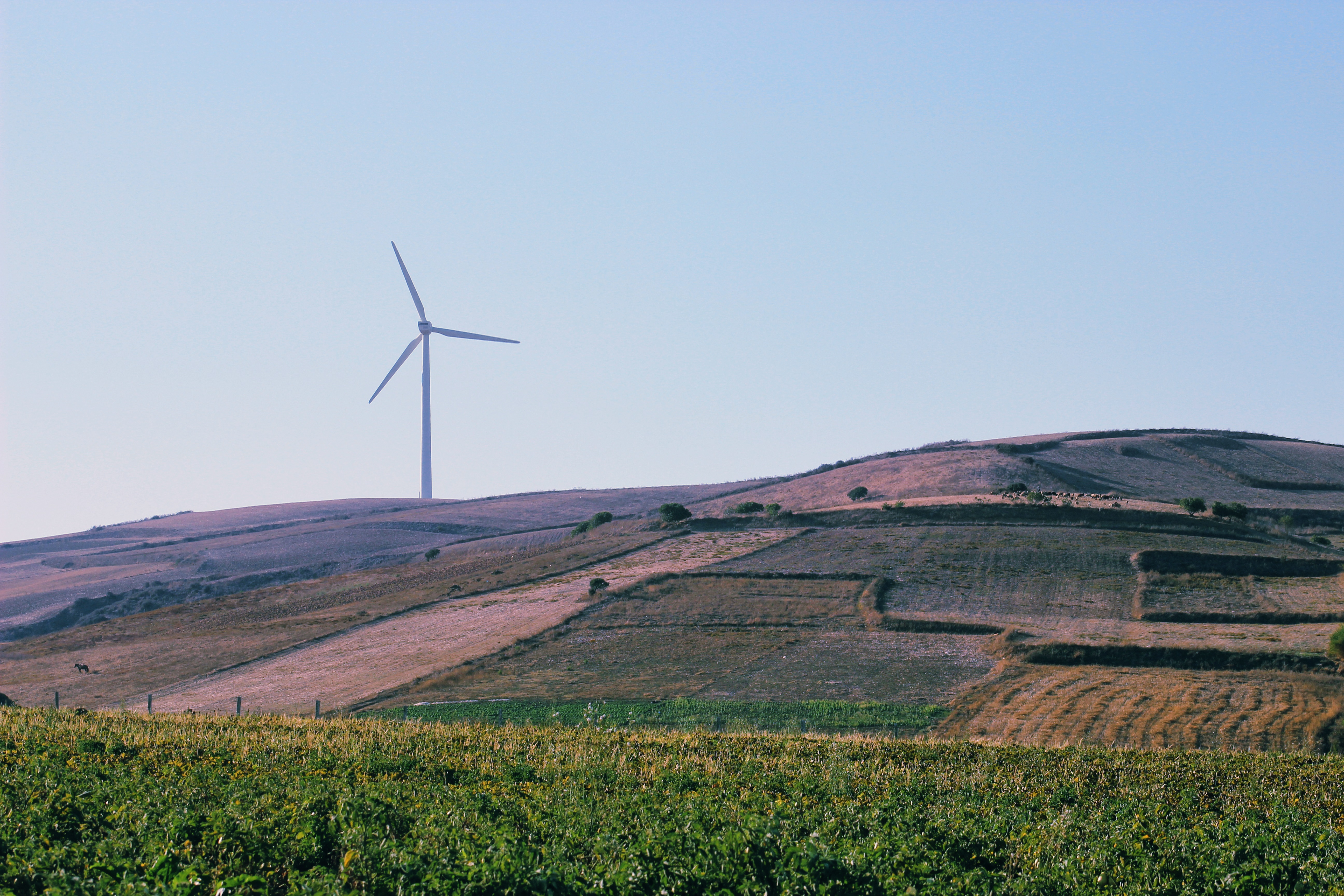Nationally Appropriate Mitigation Actions (NAMAs) for low-carbon end-use sectors in Azerbaijan
Picture credits: UNDP
Project Summary
Azerbaijan is a fast developing, oil and gas oriented economy. According to the 2nd National Communication to UNFCCC, Azerbaijan’s annual GHG emissions were 50.6 mln tCO2e/year in 2005 with the energy sector (i.e. combustion of oil & gas) accounting for the largest share of domestic emissions, more than 50% or 31.3 mln tCO2. National annual consumption of oil and gas is now at about 5.2 mln toe, with the residential and transport sectors together accounting for over 90% of end-use. Azerbaijan’s energy intensity (0.71toe/US$) is twice as high as the world’s average (0.3 toe/US$) and nearly 4 times above the level of energy intensity in OECD countries (0.18 toe/US$). There exists, therefore, a significant potential to increase efficiency of oil & gas use and reduce the country’s GHG emissions. The "Nationally Appropriate Mitigation Actions (NAMAs) for low-carbon end-use sectors" project is placed within the existing national framework of Azerbaijan and provides a particular focus on a programmatic NAMA approach that reflects specific greenhouse gas measures to be implemented by SOCAR, the national oil company of Azerbaijan. The concept of NAMAs represents a valuable opportunity for a large enterprise, such as SOCAR, to developing and implementing a large scale GHG mitigation program that is in line with the company’s long-term sustainable development strategy and simultaneously will target the country’s institutional & policy framework, address appropriate mechanisms and result in activities to realise significant GHG emission reduction achievements in the long term.
Project Objectives
The specific objective of the project is to support SOCAR in the implementation of its Climate Change Mitigation Strategy by promoting and upscaling GHG mitigation measures through a programmatic NAMA approach in the low-carbon end-use sectors, where pilot investments will be directed into low energy and low carbon technologies that are so far missing on a large scale on the Azerbaijan's market. Based on the outcomes of the NAMA programme a national commitment for an improved political and institutional framework including required capacities will be targeted. As a result, Azerbaijan will be able to utilise this experience gathered with new energy efficiency and renewable energy technologies to reduce its GHG intensity across main sectors.
In order to achieve the project objective, and address the barriers, the project’s intervention has been organised into four following components:
- Assessment of GHG emission potentials and target setting
- Development of mitigation actions (NAMAs) and instruments in oil & gas end-use sectors.
- Implementation of NAMAs in the oil & gas end-use sector
- MRV system and national registry for mitigation actions in the energy generation and end-use sectors
Expected Results
Expected outcomes under the 1st component:
- Relevant barriers that hinder the development and implementation of GHG mitigation measures will be assessed.
- Main oil & gas end-use sectors regarding status of energy performance and potential for decreasing energy intensity will be analysed.
- Detailed marginal abatement cost curves for the oil & gas end-use sectors will be developed to demonstrate effective mitigation policies and economic scenarios.
- Awareness among governmental institutions will be increased and the development of a national replication strategy will be supported.
- Voluntary emission reduction targets in the oil & gas sectors will be established and validated.
Expected outcomes under the 2nd component:
- The implementation of three designed programs for the prioritised feasible NAMAs in main oil & gas end-use sub-sectors will be overseen.
- Fully capable and qualified stakeholder involvement in the design and implementation of NAMAs will be ensured.
- Financial instruments mitigation actions in the oil & gas end-use sectors will be defined and established.
Expected outcomes under the 3rd component
- SOCAR’s Green Building Programme will be established.
- The use of Sustainable Transport at SOCAR will be Implemented and promoted.
- SOCAR’s Associated Gas Programme will be implemented and monitored.
The expected outcomes under the 4th component
- Sectoral and subsectoral reference baselines for oil & gas end-use sectors would be defined and estabished.
- Sub-sectoral GHG inventories for key oil & gas end-use sub-sectors will established.
Project Accomplishments
| 2016 | 2017 |
|
|
| 2018 | |
|

 Locations
Locations
